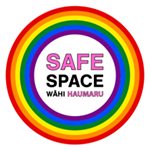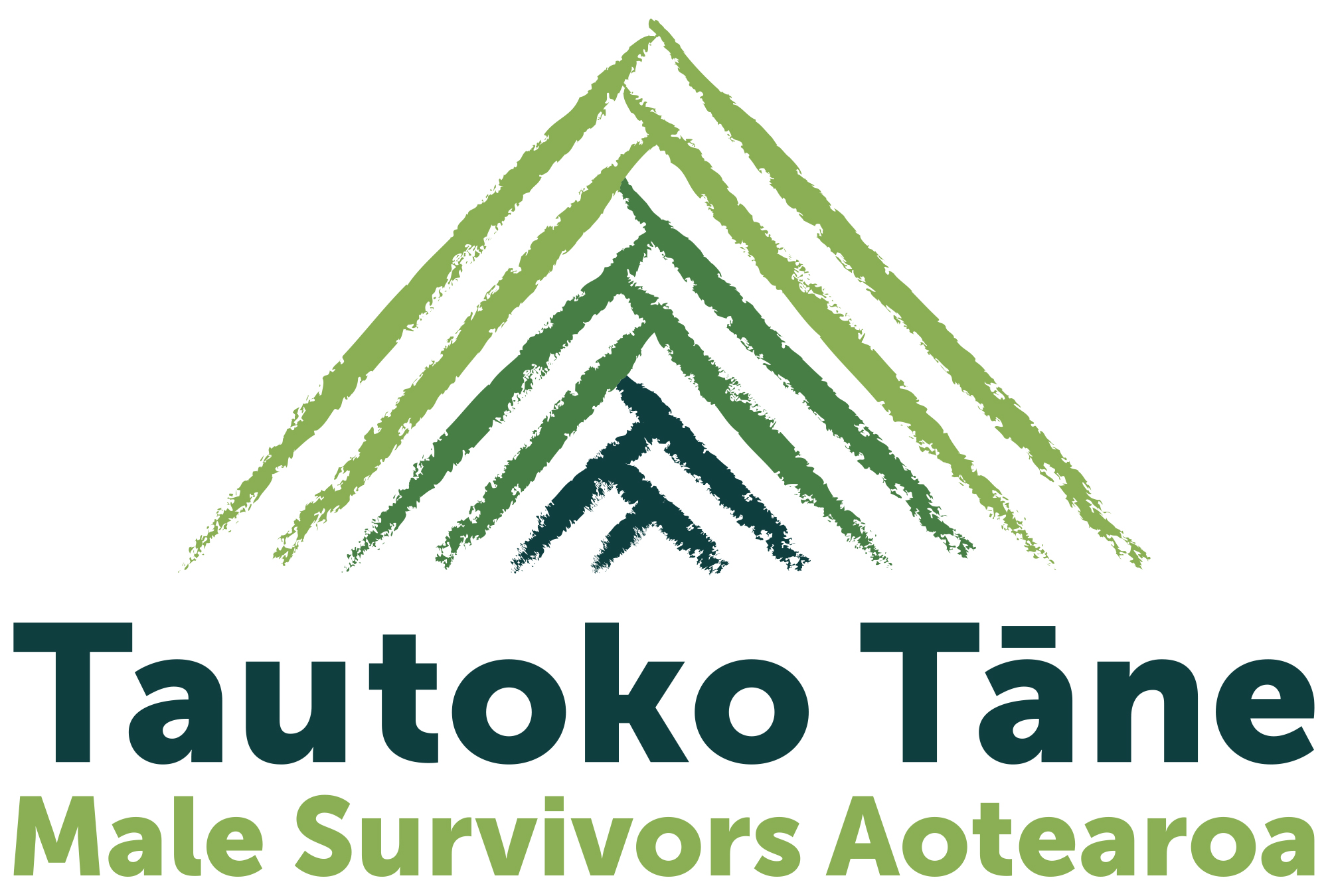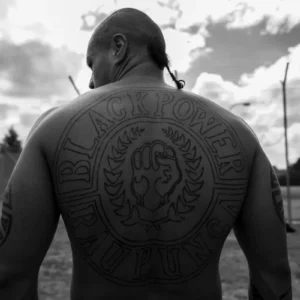Ribbons put on a Wellington church by child sexual abuse survivors and their supporters have been promptly taken down by the parish priest.
The ribbons were tied to the fence of the St Mary of the Angels Catholic church in Boulcott St on Thursday, but by Friday morning, they had been removed.
They were put up to acknowledge historic sexual abuse of children in the Wellington Diocese, particularly at St Patrick's College in Silverstream and Wellington City, and St Bernard's College in Lower Hutt.
Published in
Stuff
A sexual abuse survivor involved in the protest, who did not want to be named, said the removal of the ribbons was an outrage.
“For the priests to take our ribbons down, rather than – as happened in Dunedin – joining the survivors and their supporters in acknowledgement of what happened, and advocating [for] it be addressed … is insulting, devastating and an attempt to silence survivors.”
The protest was part of the ‘Loud Fence’ movement, which originated in Melbourne late last year following a royal commission inquiry into child sexual abuse by institutions such as the Catholic Church.
The movement spread around the world, and last month reached Dunedin, where sexual abuse survivors tied ribbons to the gates of St Joseph’s Cathedral.
On that occasion, Dunedin Bishop Michael Dooley and others from the city’s Diocese were on hand for the event to offer their support. Ribbons there were still in place.
In a phone conversation with another person involved in the Wellington protest, St Mary parish priest Kevin Conroy said the ribbons were taken down because permission had not been granted to put them there.
Because of the church’s location, and the fact it was a heritage building, staff were always removing items put on the church’s grounds to keep the premises tidy, he said.
Conroy said he personally removed the ribbons early on Friday morning and, at first, was not aware of what they were representing.
Any future protests would have to be cleared through the church first, he said.
The network member who called Conroy said he was astonished and dismayed at Conroy’s reasons for taking down the ribbons.
“The ‘heritage’ of the bricks and mortar church is surely secondary to the heritage of horrendous sexual abuse of children that these ribbons represent and symbolise in a deep and profound way,” he said.
“The victim survivors do not need the permission of clergy to express their grief and agony in this fashion. It is their fundamental right, and the ribbon tying has united and empowered victims and provided a voice so long ignored and silenced.”
Lyndsay Freer, a spokeswoman for Marist Fathers which runs the St Mary parish, said on behalf of Conroy the removal of the ribbons “does not mean the church is in any way lacking in empathy for the victims of abuse”.
“We have a policy that anything put on the church’s grounds without permission is automatically removed.”
When asked if the protesters would have been granted permission had they asked for it, Freer said: “Well, let them do that and see”.
By Damian George
Published in Stuff
2 November 2018




